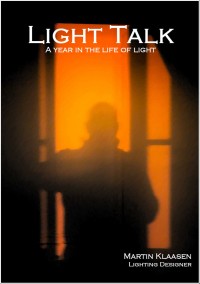Solar economics
Australia, 6th March 2010
Considering solar energy as a possible source of energy for lighting is more and more part of our conceptual thinking process. It can be our own initiative, the clients initiative, or just due diligence. In this case the client and architect want us to investigate the economics of applying solar energy as part of the building’s roof design.
We approached a few reputable “solar” companies to obtain some “facts and figures” on applying solar panels. We got a reply back today from one of them indicating a pay-back period of no less than 27 years! Even for the hardened supporters of solar energy this seems a bit too long! The information did not state the lifespan of the panels but from previous experience it is highly unlikely that its lifespan will outperform the payback time. In other words the solar panel will most likely have to be replaced well before its payback time has been reached.
Because we can’t rely on good solar weather every single day, the design needs to be “over designed” to cater for those “non-solar” days. According to general practice the installation should be designed to cater for 3 non-solar days or alternatively for an average of only 3 hours sun per day. However by connecting the solar installation to the power grid we can back up energy short comings any time. It has the added advantage that the solar power collected does not have to be stored and over production can be fed back into the grid, which saves on the relatively expensive costs of the storage units.
Right now it looks like the economics of solar energy are still a hard sell, but with the system costs reducing, efficiency and life span still improving together with decreasing lighting power needs, solar will undoubtedly reach acceptable pay back times in the near future.

 The long awaited book compilation of Martin's first year of blogging is available. Order now.
The long awaited book compilation of Martin's first year of blogging is available. Order now. Feedspot Top 100 Lighting Blogs
Feedspot Top 100 Lighting Blogs